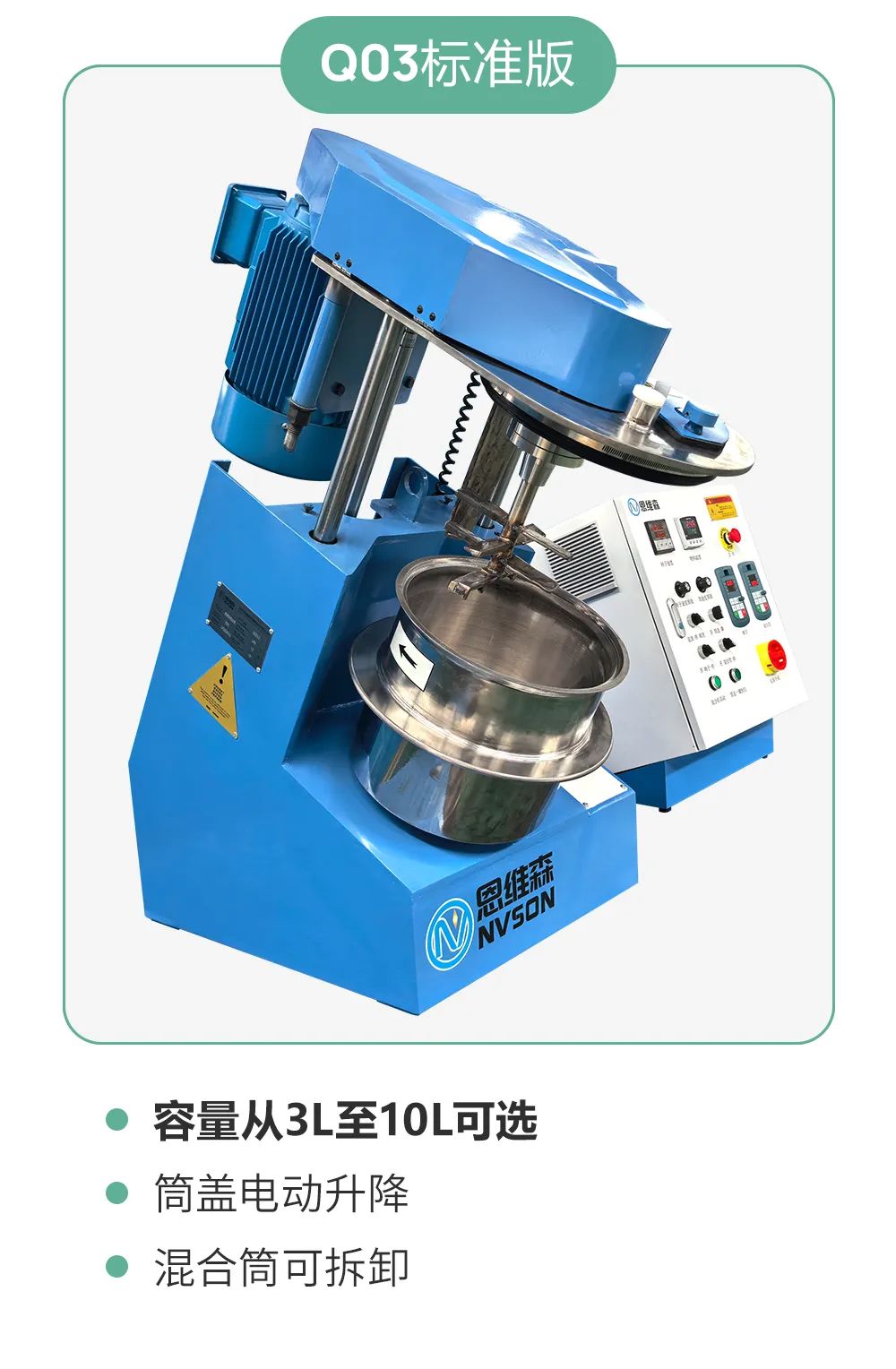In building materials production, the utilization rate of materials such as sand, cement, and additives directly affects production costs and environmental protection levels. The inclined mixing granulator, with its targeted process design, has become a core equipment for improving material utilization, providing strong support for building materials enterprises to reduce costs and increase efficiency.
Precise Mixing to Reduce Raw Material Waste
Building materials production often requires mixing multiple materials in proportion. Traditional equipment is prone to uneven mixing, leading to local raw material surplus. The inclined cylinder and multiple sets of stirring blades of the inclined mixing granulator form a three-dimensional convection field, enabling fine and coarse aggregates, cementitious materials, and additives to achieve micro-level uniform mixing in a short time, with the proportion error controlled within ±1%. After application in a precast concrete component enterprise, the amount of waste caused by uneven mixing was reduced by 40%, saving more than 200,000 yuan in raw material costs annually.
Building materials production often requires mixing multiple materials in proportion. Traditional equipment is prone to uneven mixing, leading to local raw material surplus. The inclined cylinder and multiple sets of stirring blades of the inclined mixing granulator form a three-dimensional convection field, enabling fine and coarse aggregates, cementitious materials, and additives to achieve micro-level uniform mixing in a short time, with the proportion error controlled within ±1%. After application in a precast concrete component enterprise, the amount of waste caused by uneven mixing was reduced by 40%, saving more than 200,000 yuan in raw material costs annually.
Optimized Granulation Molding to Reduce Processing Loss
In the granulation process of building materials such as lightweight partition boards and insulation bricks, traditional equipment is prone to problems such as loose particles and low forming rate, resulting in a large amount of materials becoming waste due to failure to meet specifications. The inclined mixing granulator, through the adjustable pressure granulation module and the gravity-assisted forming brought by the inclination angle, increases the compressive strength of particles by 30%, and the forming qualification rate from 75% to over 95%. At the same time, the equipment's ability to re-mix and granulate 边角料 (scrap materials) allows originally discarded materials to be reused, with the comprehensive utilization rate increased to 98%.
In the granulation process of building materials such as lightweight partition boards and insulation bricks, traditional equipment is prone to problems such as loose particles and low forming rate, resulting in a large amount of materials becoming waste due to failure to meet specifications. The inclined mixing granulator, through the adjustable pressure granulation module and the gravity-assisted forming brought by the inclination angle, increases the compressive strength of particles by 30%, and the forming qualification rate from 75% to over 95%. At the same time, the equipment's ability to re-mix and granulate 边角料 (scrap materials) allows originally discarded materials to be reused, with the comprehensive utilization rate increased to 98%.
Adapting to Diverse Materials to Expand Application Range
In building materials production, there are often low-value materials such as tailings sand and construction solid waste, which have low utilization rates due to high mixing difficulty. The flexible stirring system of the inclined mixing granulator can adapt to materials with a particle size difference of more than 10 times. By adjusting the stirring speed and inclination angle, the mixing uniformity of tailings sand and cement can be increased to 90%, enabling large-scale application of such materials in products such as unburned bricks and permeable pavements. This not only reduces the consumption of primary raw materials but also promotes environmentally friendly production.
In building materials production, there are often low-value materials such as tailings sand and construction solid waste, which have low utilization rates due to high mixing difficulty. The flexible stirring system of the inclined mixing granulator can adapt to materials with a particle size difference of more than 10 times. By adjusting the stirring speed and inclination angle, the mixing uniformity of tailings sand and cement can be increased to 90%, enabling large-scale application of such materials in products such as unburned bricks and permeable pavements. This not only reduces the consumption of primary raw materials but also promotes environmentally friendly production.
Focusing on improving material utilization, the inclined mixing granulator makes efforts in all aspects from mixing precision and forming quality to waste reuse. It helps building materials enterprises reduce costs while practicing the concept of green production, becoming a high-efficiency equipment that promotes the sustainable development of the industry.





